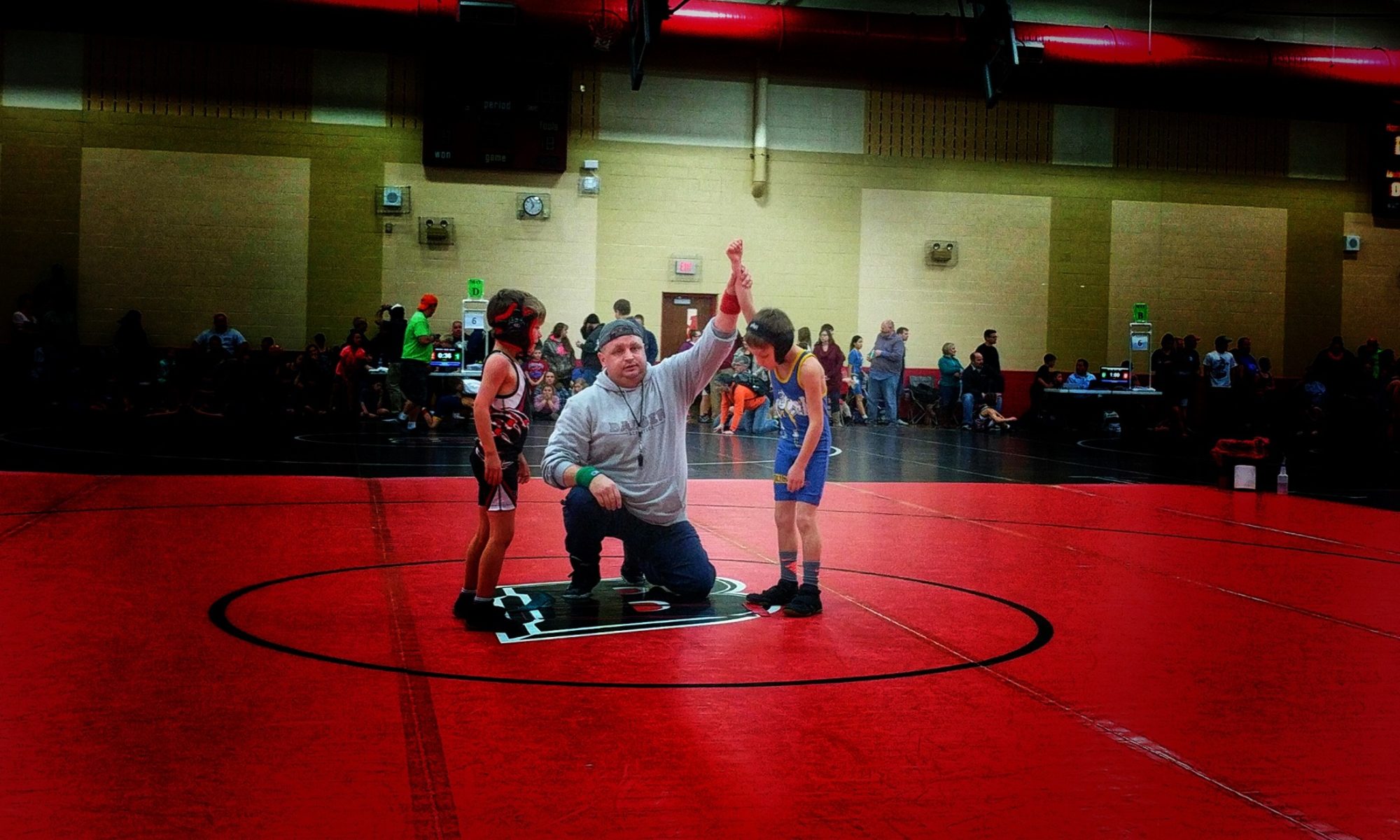Proper Strength Training for Wrestlers
How young is too young to start strength training? And what specific weight-lifting exercises are appropriate at what age? For youth wrestlers and their parents, these are two commonly asked questions. The answers, however, depend upon a variety of factors beyond just a wrestler’s age.
“The physical make-up is different for each athlete,” notes Brandon Siakel, who works with USA Wrestling national team members as a Strength and Conditioning Fellow. “Height, muscle length, torso length, fiber-type distribution, hip width: they can all effect athletes’ abilities to assume various joint positions and effectively execute exercises and movements,” he explains. “Athletes may be 15 or 16 years old, but their biological age may be that of a typical 12-13 year old.”
As a result, factors such as how long an individual has been training, perfection of proper form and technique, and the ability to master body weight exercises must be in place before moving to weighted exercises, Siakel says.
Danny Struck, head coach of the Jeffersonville (Ind.) high school wrestling team agrees. “We don’t break (strength training) down for age as much as experience,” he says. “We have some 7th and 8th grade wrestlers that come to us with perfect form that have been lifting with us since 6th grade, they will do the same thing the high school kids with experience do.”
In his school system, Struck says the elementary-school coach does a great job incorporating different off-mat exercises such as kettle bell swings, battle ropes, pull ups, pushups, dips and other times to familiarize kids with the program. At the middle-school level, he says wrestlers visit the high school weight room at least once a week during the season and typically begin with a basic routine that includes lifts like the bench press, box squats, and hex bar deadlifts.
The point is to start slow and emphasize proper technique from the get-go. “Strength training is another weapon in a wrestler’s arsenal, but it must be done right from the start,” says Struck. “Good technique makes you a technical wrestler, good strength makes you a strong wrestler and good conditioning makes you a conditioned wrestler.”
Mike Favre, the Director of Olympic Sports Strength and Conditioning at the University of Michigan, says proper strength training can help athletes of all ages progress quicker and avoid injury. But he recommends learning how to use one’s own body weight for conditioning first, through exercises such as push-ups, pull-ups, squats, abdominal exercises and rope climbing. This doesn’t mean youth wrestlers can’t incorporate some weights into a workout. But he says young boys and girls shouldn’t focus on resistance training before they can do the exercise without resistance. In addition, make sure strength training incorporates conditioning-based strength exercises.
Favre offers up a set of age-specific, strength conditioning tips, but also emphasizes that these are general guidelines, and that all athletes should consult their doctor, wrestling coach, and a qualified strength and conditioning professional before beginning any resistance training program:
- Ages 12 and under: Focus on body weight exercises such as tumbling, push-ups, pull-ups, abdominal exercises, rope climbing, squats and jumping.
- Ages 13-15: Continue with the body weight exercises. With qualified coaching, begin to learn the technique for squats, dead lifts, presses and various rows. Repetitions should range between 5 and 15, which will aid in keeping the weight from getting too excessive. Arm exercises like curls and extensions are fine to begin.
- Ages 16 and up: Continue with the body weight exercises. Resistance can progress, but never at the expense of proper form. As long as qualified coaches are present, it’s permissible to conduct strength testing. This doesn’t necessarily mean doing one-rep maxes, as testing can also be done with 3, 5, or even 10-repetition maxes. “Testing allows athletes and coaches to monitor progress and also provides a great source of motivation,” says Favre.
“Proper conditioning will ensure a wrestler not only has the endurance to last a match and tournament, but to handle all the training that goes on in preparation to compete,” says Favre. But that also means it’s equally important to train the whole body, since successful wrestlers use every muscle and body part to get out of uncomfortable or challenging situations.
“Bench press and curls are a big favorite for young athletes, but if that’s all you do you will develop imbalances which could lead to stagnation and injury,” cautions Favre. “Train the whole body, the upper back, chest, shoulders, torso, abs, low back and legs. Never forget to train the neck. A strong neck is extremely valuable for a wrestler’s success and health.”
Don Machalinski, President of the Waubonsie Wrestling Club in Aurora, Illinois, focuses on technique and form with his youth wrestlers, taking the focus away from maxing out on the bench press or seeing who can squat the most. This mentality can lead to injury, he says.
“I see way too many older kids start lifting heavy weights with awful technique,” says Machalinski. “Emphasize good lifting technique and consistency in training and expect slow, steady increase in strength.”
As with wrestling practice, it’s important to keep strength training workouts fun, Machalinksi adds. That’s why he suggests trying things like push-up or pull-up contests or creating team/group competitions to build team chemistry. “Strength training is just one part of successful training,” he points out.
To start building your own strength-training plan at any age, consider these tips:
Exercises for all ages: Favre recommends these strength training exercises, most of which can be done with just body weight resistance to start: Push-ups, pull-ups, squats, various abdominal exercises, rope climbing, squats, dead lifts, shoulder presses, various types of rows, neck exercises, grip and forearm work, sit-ups, back extensions, hanging leg raises and Russian twists.
Keep moving: Shorter, focused weight training sessions are preferable to two-hour, marathon workouts with many long breaks between sets. “My athletes get more out of an intense, 35-minute, closely monitored workout,” Struck explains.
Mix up the workouts: Struck, who is also a sports performance coach, likes to have his athletes train outside one to two days a week, weather permitting. On these days, he has them do tire flips, sledgehammer work, or farmer carries around the track. “We concentrate on keeping short routines familiar so the kids can get started and feel confident, but mixing up these routines up to stay fresh.”
Recommended Repetitions: When doing core exercises like the dead lift, bench, squat, power clean and snatch, Struck suggests keeping repetitions to five or fewer to build explosive strength. He prefers higher reps on auxiliary circuits for mental toughness and conditioning. And finally, he uses AMRAP—As Many Reps As Possible—for exercises that only use one’s body weight. This builds endurance and strength without the need for heavy weights.
Advanced Focus on Multi-joint exercises: Overall, the best weight-training exercises for wrestlers are compound, multi-joint movements like squats, presses, and rows/pulls that mimic how athletes actually perform on the mat. These exercises utilize multiple muscle groups to complete the desired movement and equate to more strength and power gained. Single-joint weightlifting exercises—like bicep curls, hamstring curls, and leg extensions—should be minimized in youth strength training programs because that’s not the way that athletes move in sport. Some other examples of multi-joint movements are back squats, front squats, overhead presses, pull-ups, and rows.
BY MATT KRUMRIE (Original)

